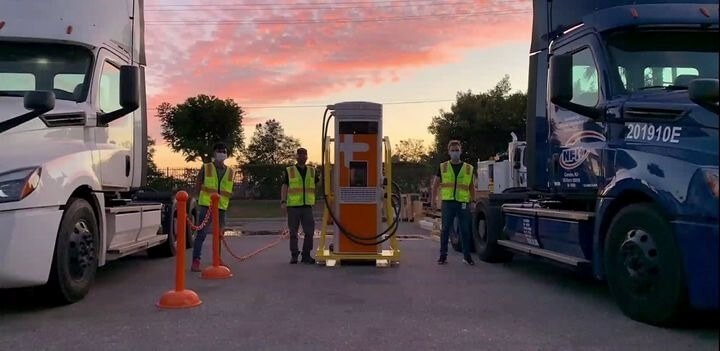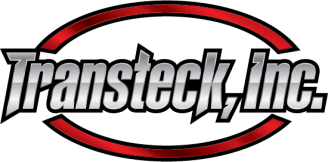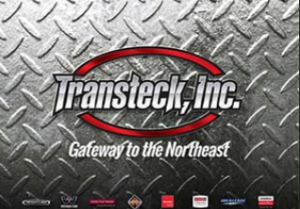
Despite the obvious restrictions and hurdles the COVID-19 pandemic has brought to everyone, it has not significantly affected Daimler Trucks North America and their work on Medium-duty and Heavy-duty battery-electric trucks. The company is building vehicles now at the same rate as before the pandemic.
After furloughs, and temporary shutdowns President and CEO Roger Nielson said “It’s been a tough year”.
Social Justice
Regarding the social impacts throughout the country, Nielson said “for sure it’s affected our social conscience, and we’ve come on with very strong messages some that were just activated today about how DTNA is taking action. We are not going to sit silently by. We believe as a major corporation we have a voice, and a strong voice, with operations in nearly every major city, between us and our dealers. We have the ability to put our voice and our power behind that.”
The Future? Electric
“We are not standing still,” he said in a Aug. 17 media call. “We are now well into our process of putting a battery-electric vehicle on the road.” In fact, the changes Nielsen cited more than a year ago seem to be accelerating, he said, noting the recent memorandum of understanding signed by 15 states and the District of Columbia last month to accelerate electric-truck and bus deployment, “and a lot more announcements out there from a lot more players”.
Electric Trucks With Fleets- Co-Creation
“The adoption of battery-electric vehicles isn’t going to happen by showing a few renderings and concepts,” he said. “It’s putting these trucks into real operations. What are the fears of the drier, what is their range anxiety tolerance, all those things you can’t get with a professional test driver.”
Electric-Truck Charging
Nielson said it would be unrealistic to expect the public infrastructure to be ready by the time the trucks are on the market, despite DTNA’s work with public utilities and other on public charging options. He did however share an example of an eCascadia being parked in a residential area at a passenger-car charger. Just one of the ways the BEV deployment team has gotten creative.
DTNA has helped to install charging stations already at fleet locations, with plans for more.
To read the full article, click below.


